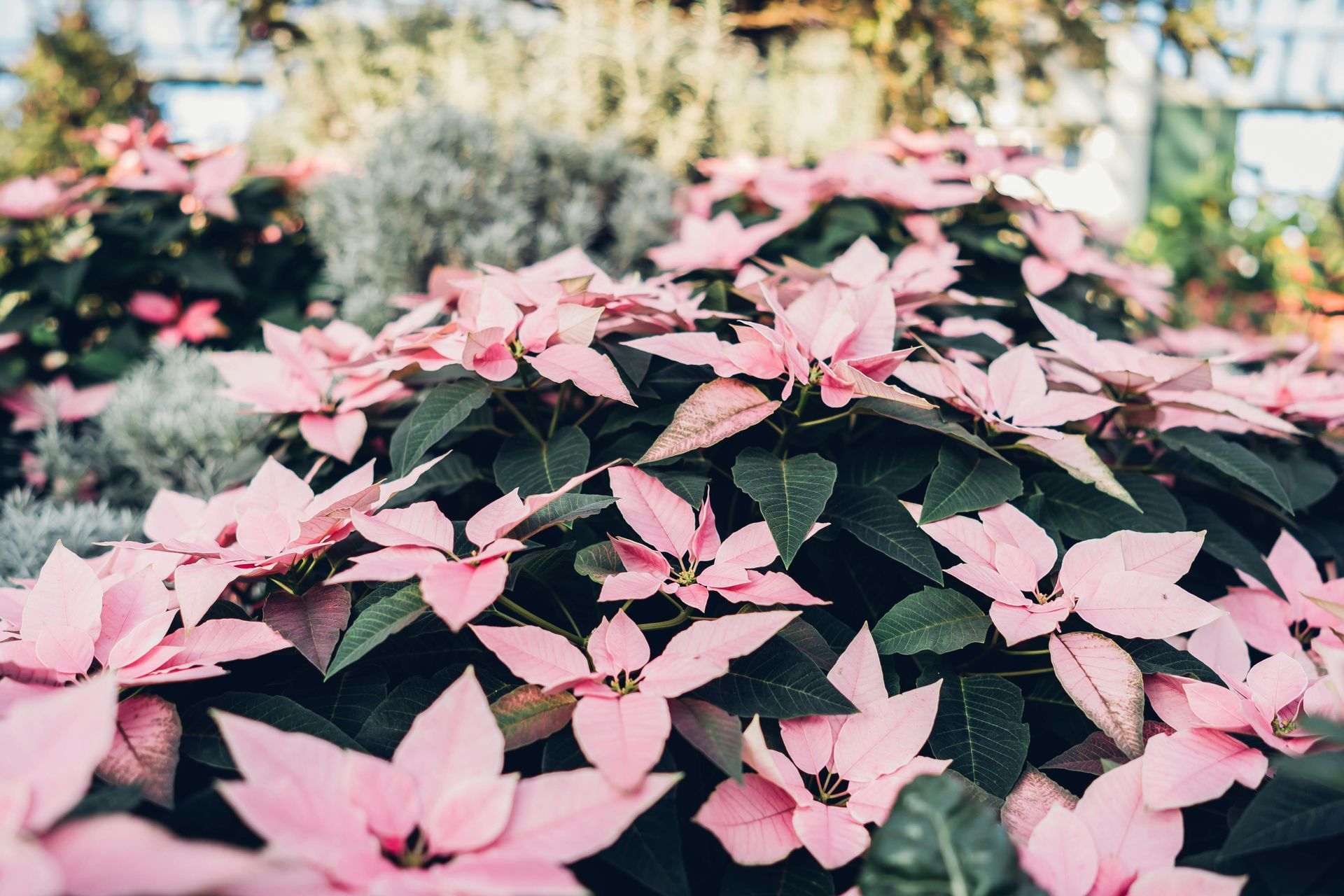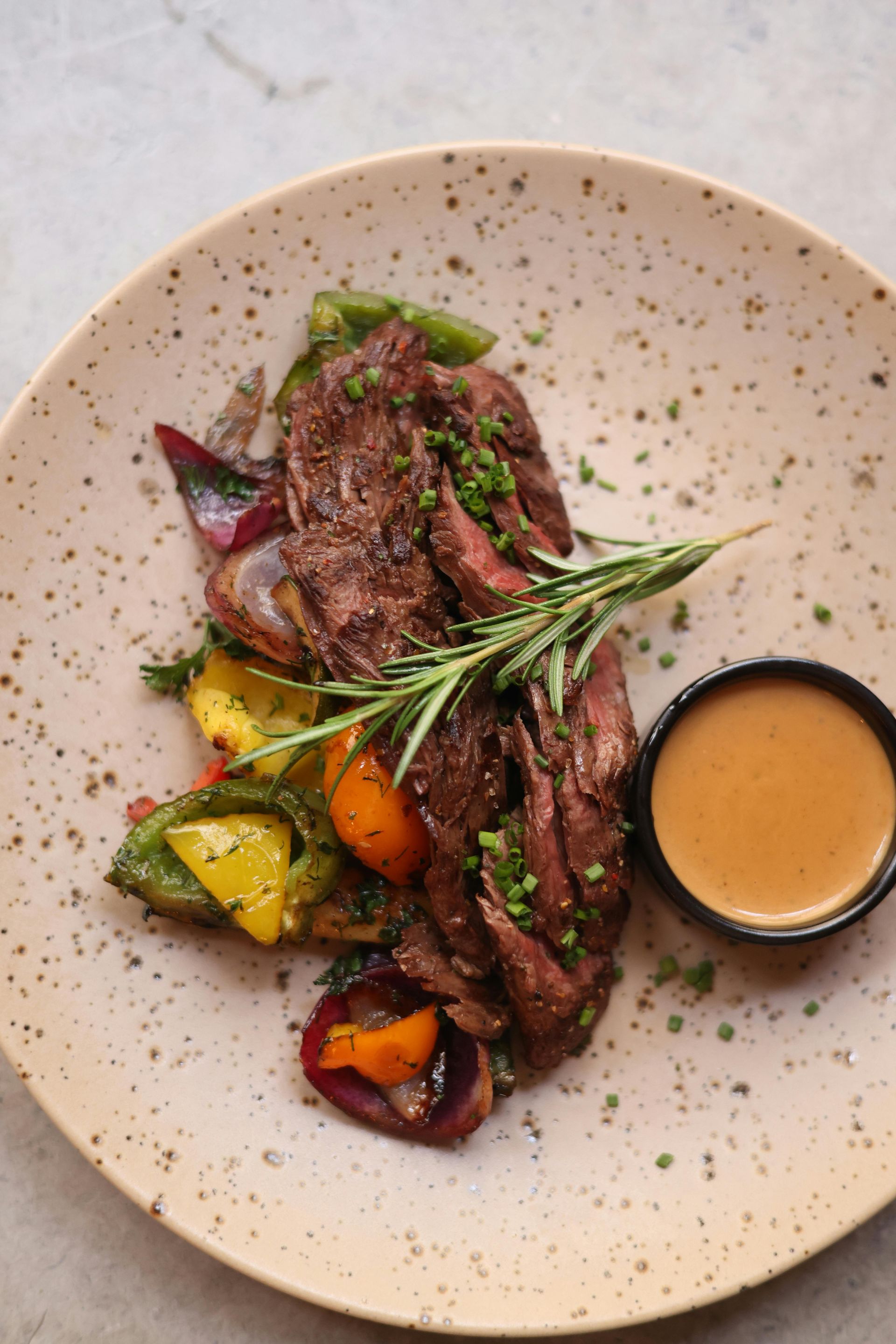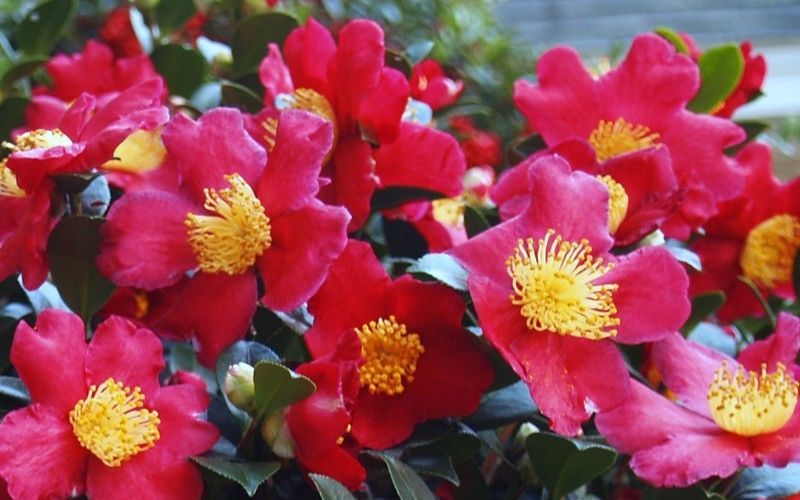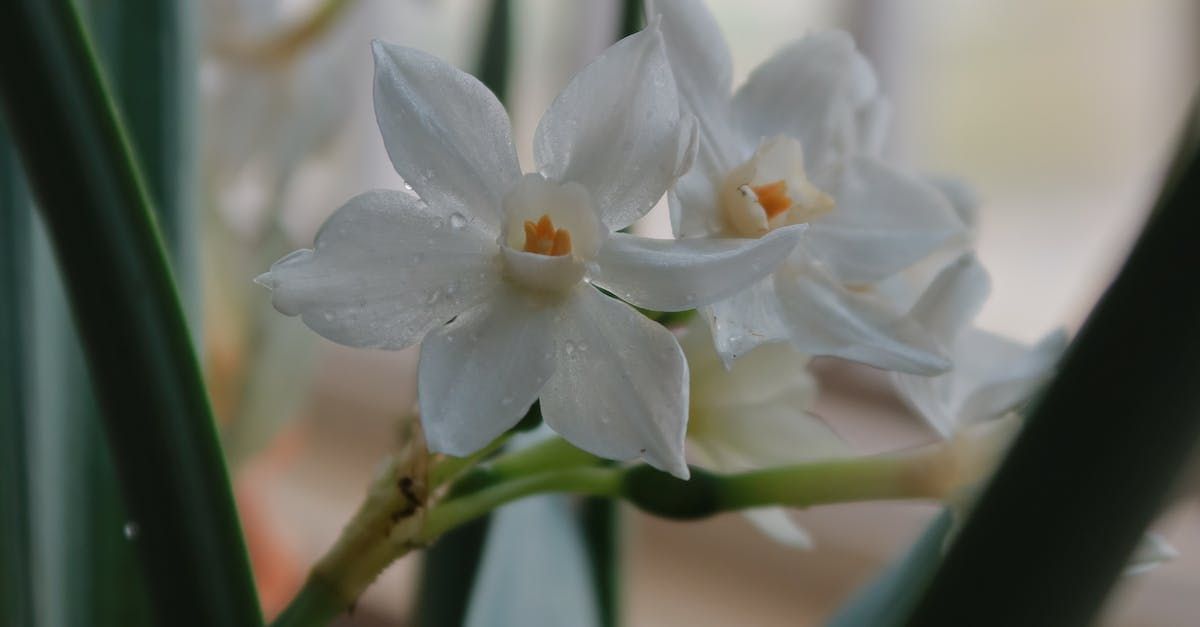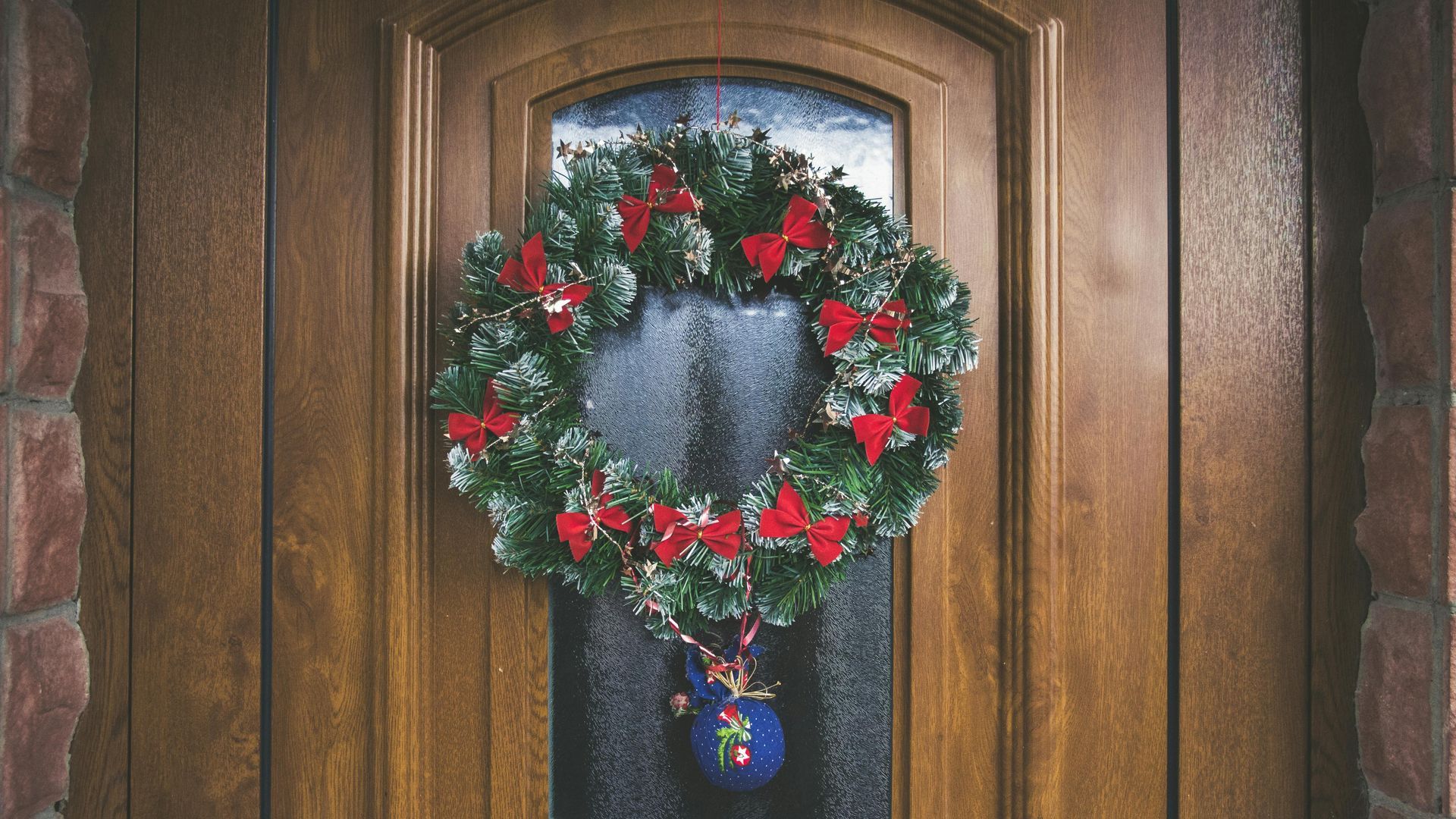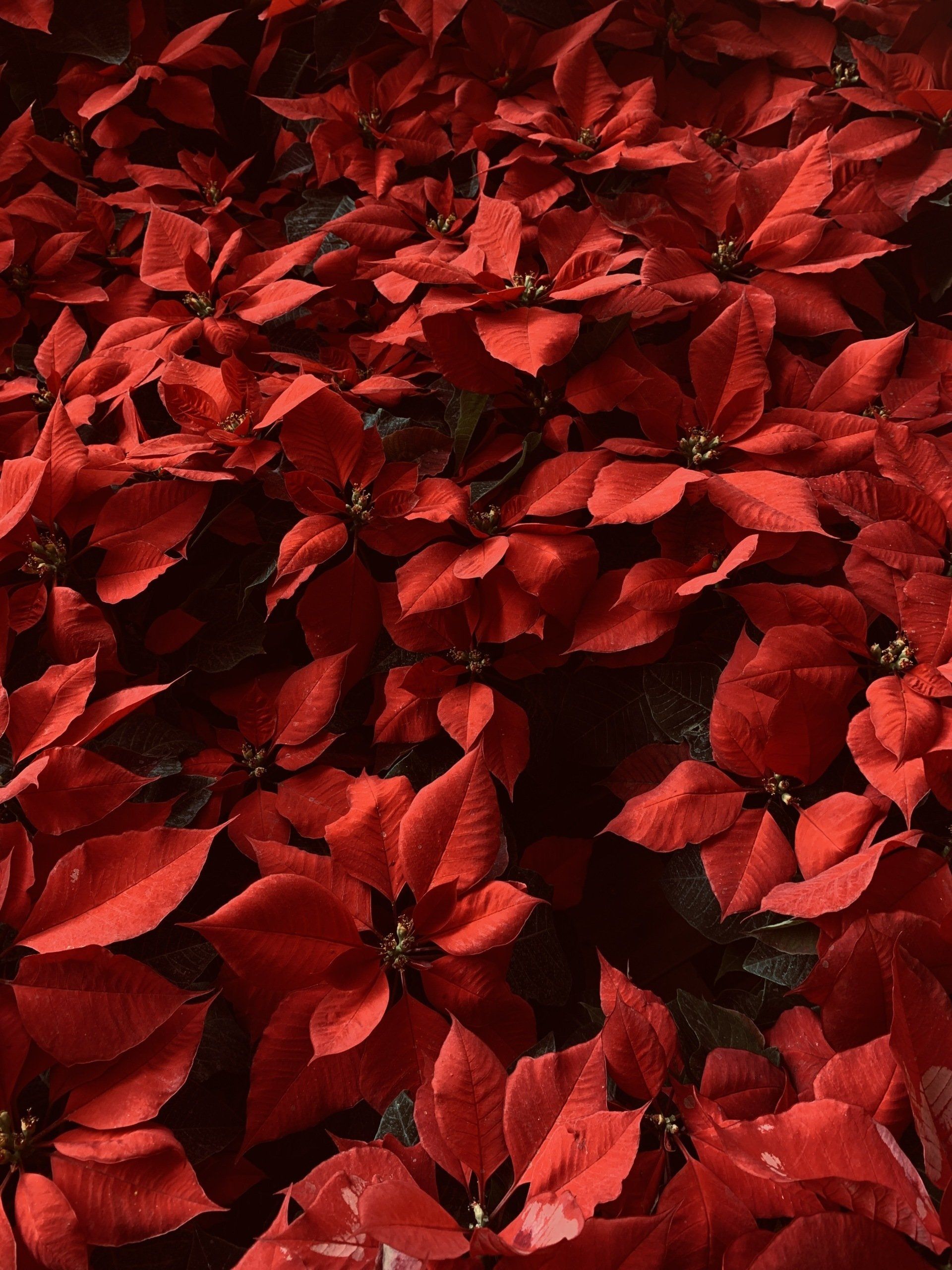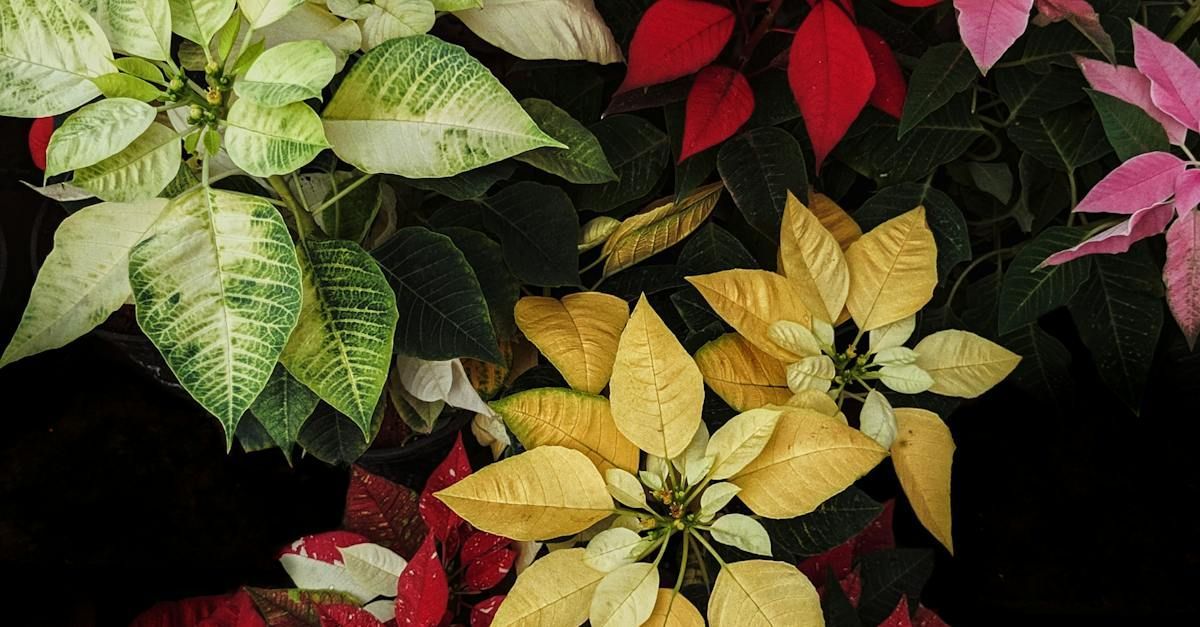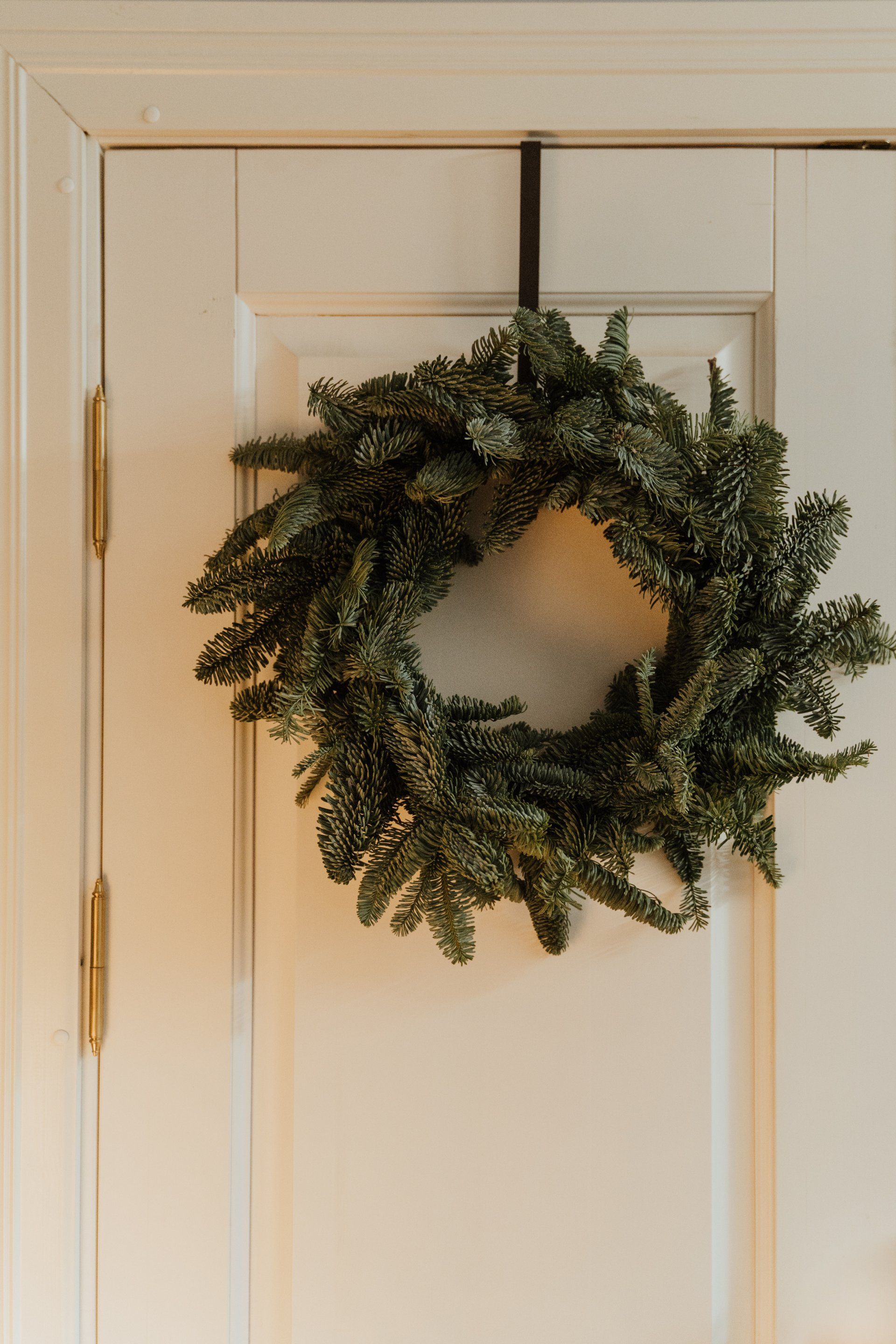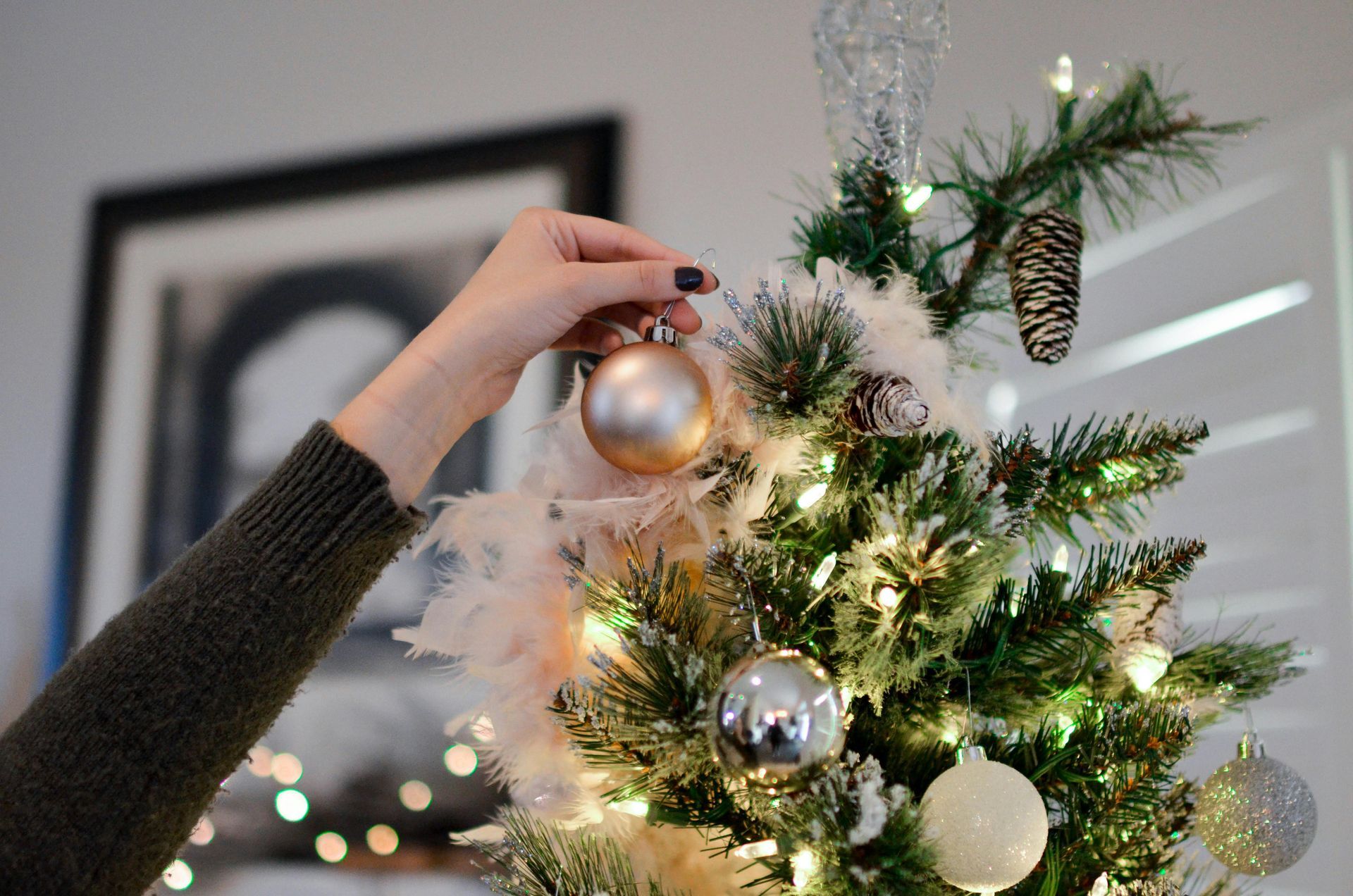In the Zone: An Article on Plant Growing Zones
Have you gone to a nursery to purchase a plant only to be confused by the zone indicated? Usually the zone on the label is the plant hardiness zone, but it is becoming common to include heat zones.
First, let’s discuss plant hardiness zones. This set of numbers is about minimum temperatures a plant can withstand in winter. It does not include information for annuals. The plant hardiness guide was developed by the USDA and has been revised many times. The most current revision was in 2012 and was based upon weather data collected from 1976–2005.The U.S. is divided into 11 planting zones of 10obands. Each planting zone is further subdivided into “a” and “b”, representing 5o bands. We live in zone [9], with minimum temperatures ranging from [20-30oF]. Our subzone is “a”, the coolest portion of zone [9]. We can expect minimum temperatures of [20-25oF].This does not consider unusually harsh winters or weather patterns. It is interesting to note that other areas sharing our zone include England and [Oregon State]. Clearly something else is at work here!
Most areas of our country are more interested in minimum temperatures. However, we are more concerned with maximum temperatures of summer. England and Washington State have cooler summers than ours. Plants grown successfully in those areas reflect the cooler summers they enjoy. Another zone map not so widely used, but important for us, is the Heat Zone Map developed by the American Horticultural Society (AHS). It is designed to reflect days with temperatures over 86oF in a given zone. This is the temperature when plants begin to suffer heat damage. Have you noticed how much happier our plants are with the onset of fall?
Heat stress is more subtle than cold stress when a plant simply dies. We notice heat stress when plants stop growing, develop pale leaves, and become more susceptible to pests. So what is our heat zone? The AHS map shows that the western third of Lincoln Parish is in zone 9 (120-150 days over 86o) and the eastern two-thirds is in zone 8 (90-120 days over 86o). Temperatures were analyzed from 1974-1995 from each area of the US. Cities tend to be warmer than rural areas. There are 12 plant heat zones in the U. S. Incidentally, the heat zone for Seattle and Washington State, is, meaning they can expect to have one day with temperatures over 86o.
This information is meant only as a rough guide since many factors may influence what actually occurs in a given area. Microclimates can exist within any of the zones. Microclimates may affect your planting area by 1-2 zones. Are you planting close to a brick or concrete wall? Are you in a valley or on top of a hill? To determine your microclimate actually measure temperatures and compare to other areas of your garden.
If you look up growth zones for Chrysanthemums you might see this series of numbers: 4-10, 12-1.
The first two numbers indicate the plant hardiness range, with the first being the coolest; the second set is the heat range with the first being the warmest. We know chrysanthemums grow in our area and this is indicated since our hardiness range of [9] is between 4 and 10. Our heat zone is [9] which falls within the range of 12-1. We can expect this plant to grow well in our area if all other growth requirements are met.
Plant hardiness and heat zones are tools to give a rough estimate of a plant’s ability to thrive in a given area. The hardiness zones do not give us information about maximum temperatures, day-length, soil moisture, or microclimates. Use these numbers as guides to enhance your enjoyment of gardening!
Article by LSU Ag Center.
Visit online here.
Edited to reflect the Lafayette Parish Heat and Hardiness Zones!
